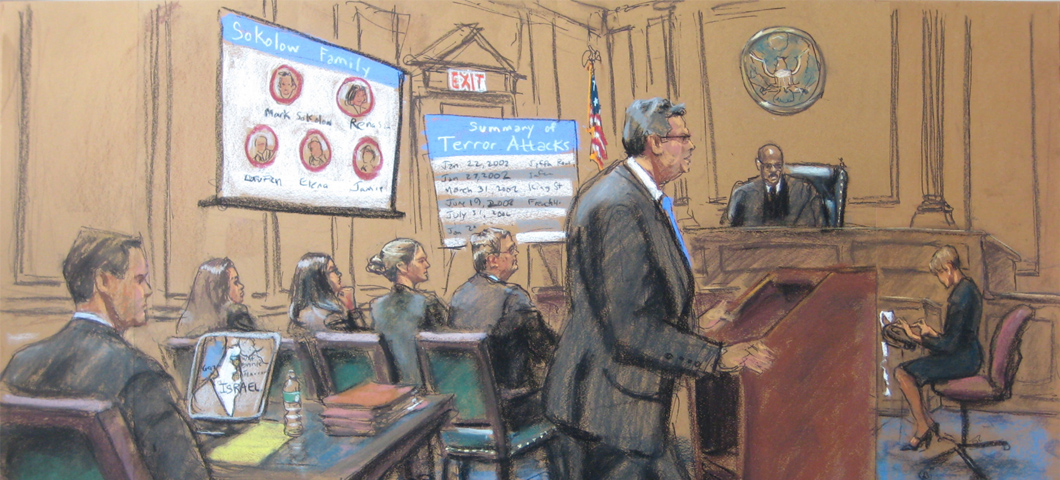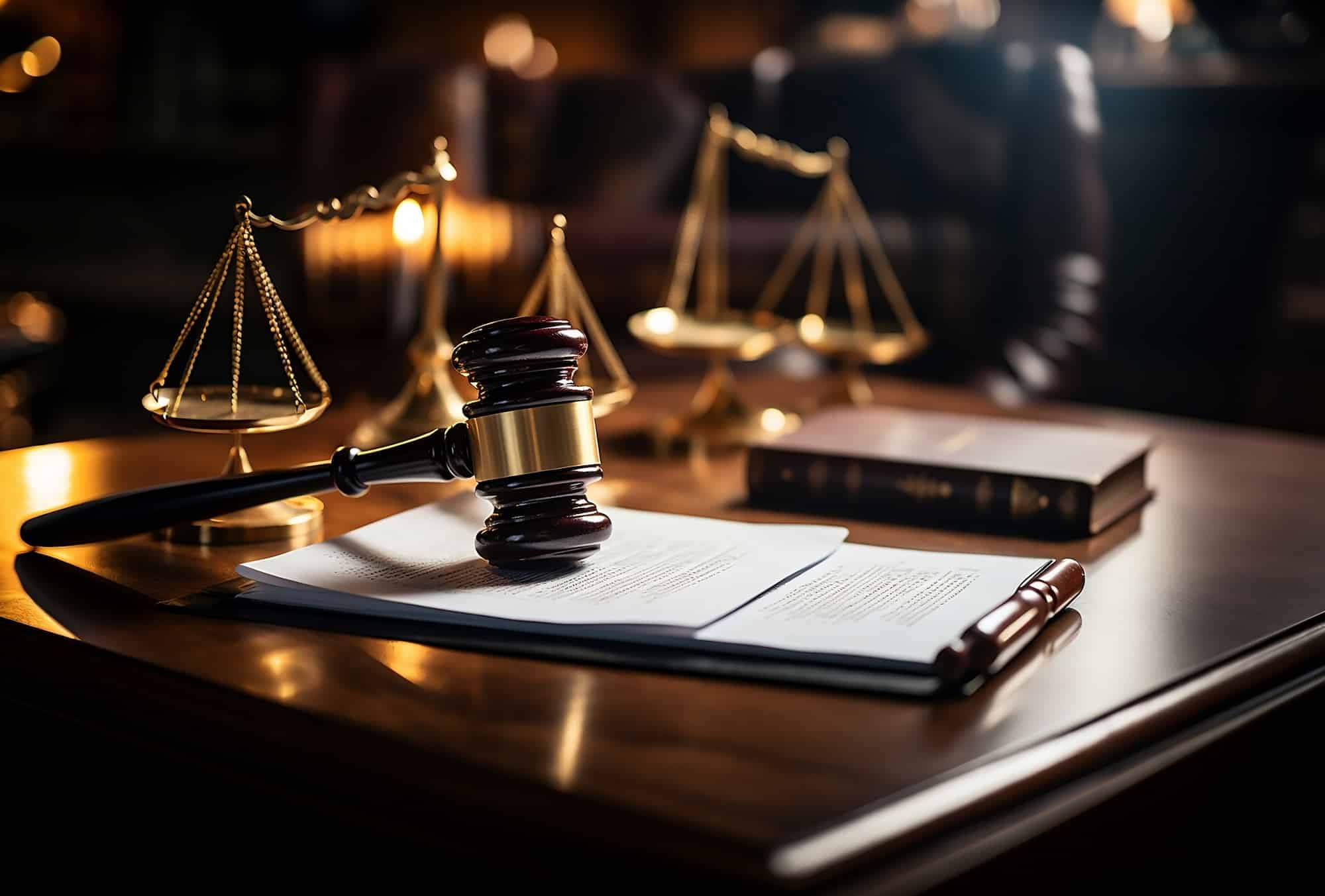From Concept to Court: Steps to Create Effective and Convincing Trial Presentations
From Concept to Court: Steps to Create Effective and Convincing Trial Presentations
Blog Article
Navigating the Complexities of Trial Presentations: Tips for Seamless Shipment and Compelling Disagreements
In the world of lawful process, the art of test discussion stands as a crucial factor of success. The complexities intrinsic in test presentations require a delicate balance of skill, approach, and skill.

Recognizing Test Purposes
To effectively navigate a trial, it is vital to have a clear understanding of the purposes that require to be attained. Before stepping into the court, legal teams should specify their goals and preferred results. These goals act as assisting concepts throughout the trial, shaping techniques and influencing decision-making processes.
Understanding trial objectives involves a comprehensive analysis of the instance, lawful criteria, and the client's benefits. Trial Presentations. It calls for a thorough exam of the truths, determining essential issues, and anticipating potential obstacles. By establishing certain and quantifiable goals, attorneys can customize their disagreements and presentations to straighten with the preferred results
Moreover, a clear grip of trial goals makes it possible for legal teams to focus on proof, witnesses, and legal arguments properly. It enables the advancement of a coherent story that resonates with the discretionary, enhancing the overall instance presentation.

Organizing Evidence Effectively
Having a clear understanding of test goals lays the foundation for arranging proof efficiently in legal process - Trial Presentations. By aligning the discussion of evidence with the desired end results of the trial, lawful groups can strengthen their debates and improve their persuasiveness. One essential facet of organizing proof is classification. Grouping proof based on motifs or significance to details lawful aspects can assist streamline the discussion and make complicated information a lot more digestible for the court or jury.
An additional key aspect in arranging evidence properly is establishing a rational circulation. Presenting evidence in a systematic and sequential manner can assist construct a compelling story that supports the lawful disagreements being made. In addition, using visual help such as graphs, timelines, or charts can further improve the company of proof and aid in clarifying complicated partnerships or series of occasions.
Additionally, making sure that all proof presented is appropriate and acceptable to the instance is important. Unimportant or inadmissible proof can interfere with the toughness of the debate and possibly damage the trustworthiness of today party. A careful testimonial and choice procedure ought to be embarked on to include only the most legally audio and impactful check that proof in the test presentation.
Crafting Persuasive Narratives
Crafting compelling stories plays a critical duty in providing influential disagreements throughout legal process. When constructing a story for a trial discussion, it is essential to develop a clear story that highlights essential factors and connects them in a systematic manner. By weaving together proof, testimony, and lawful debates into a convincing and natural narrative, lawful professionals can successfully advocate for their clients and boost the likelihood of a positive end result in the courtroom.
Grasping Aesthetic Help
Effective use aesthetic help is vital to enhancing the effect and quality of test discussions. Visual aids, when used tactically, have the power to streamline intricate information, reinforce useful content essential factors, and leave a long-term impact on the discretionary. To master visual aids in trial presentations, it is important to guarantee that they are clear, succinct, and appropriate to the debates being made.
When including aesthetic help, such as graphes, photographs, timelines, or graphs, right into a trial presentation, it is important to maintain them aesthetically appealing yet expert. The visuals must match the spoken disagreements, supplying a visual representation of the information being talked about without overwhelming the target market with unneeded information.
Additionally, exercising with the visual aids beforehand is important to ensure a seamless distribution throughout the trial. Familiarizing oneself with the web content, changes, and timings of each visual aid can aid keep the flow of the presentation and protect against technological glitches that may emerge.
Supplying Impactful Closing Disagreements
An engaging closing argument offers as the end result of a trial discussion, encapsulating the core narrative and encouraging the judge and jury in the direction of a favorable choice. Begin by laying out the main disagreements that sustain your client's setting, stressing why the evidence provided throughout the test sustains your narrative.
Additionally, including emotional charm can additionally strengthen your closing argument. By connecting and humanizing the case on a personal degree with the decision-makers, you can stimulate compassion and understanding, influencing their understanding of the truths offered. In addition, reiterating the legal requirements that need to be fulfilled for a favorable ruling can reinforce the credibility of your setting. Eventually, a well-crafted closing debate need to leave a lasting impression, engaging the court and court to regulation in your customer's support.
Final Thought
Finally, mastering trial presentations entails recognizing purposes, arranging proof, crafting stories, making use of aesthetic aids, and delivering impactful closing arguments. By implementing these approaches properly, legal representatives can provide their situation perfectly and make compelling debates in the court. It is vital to navigate the complexities of trial discussions with precision and skill to attain success in lawful proceedings.
By aligning the discussion of evidence with the desired end results of the trial, legal groups can enhance their arguments and boost their persuasiveness (Trial Presentations). To grasp visual help in trial discussions, it is critical to make sure that Our site they are clear, concise, and pertinent to the disagreements being made
A compelling closing disagreement serves as the end result of a trial discussion, encapsulating the core story and convincing the judge and jury towards a desirable decision. Begin by laying out the primary debates that support your customer's setting, stressing why the evidence offered throughout the trial sustains your narrative.In final thought, mastering trial discussions involves recognizing objectives, arranging evidence, crafting narratives, making use of visual aids, and delivering impactful closing debates.
Report this page